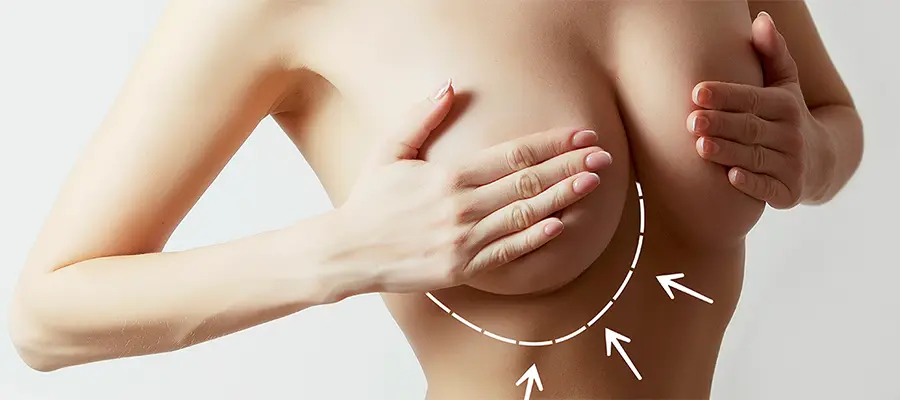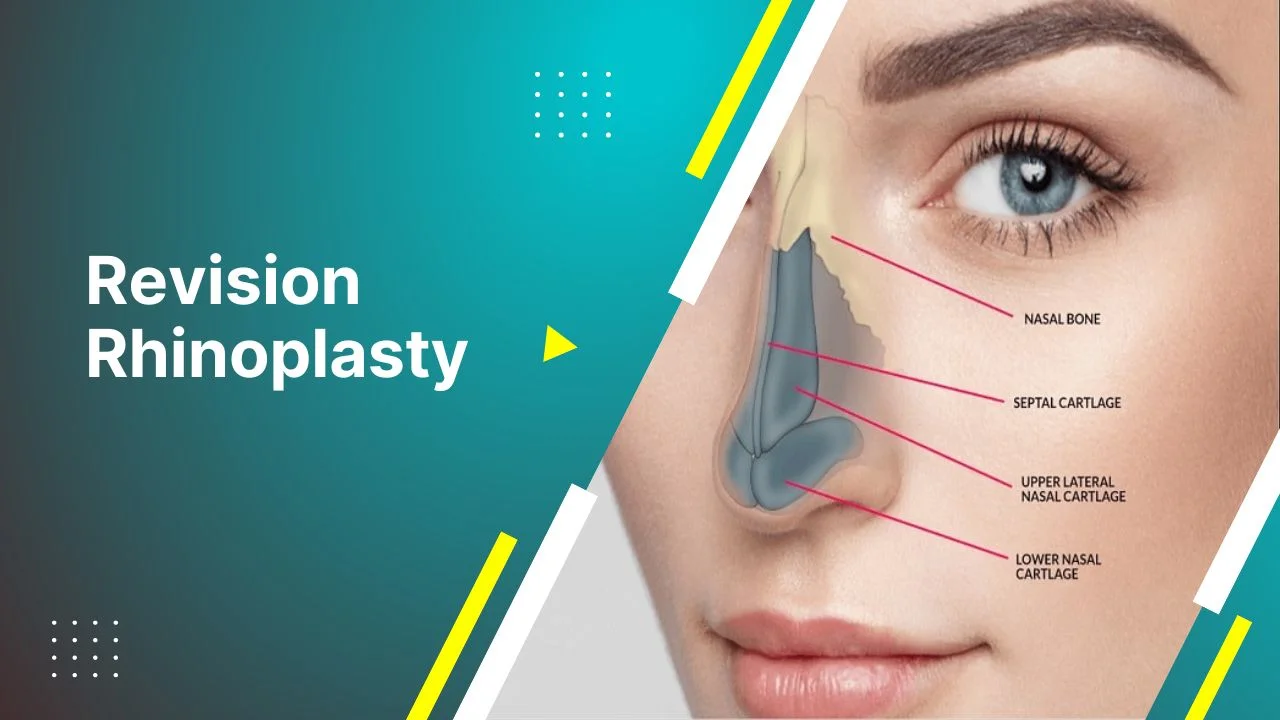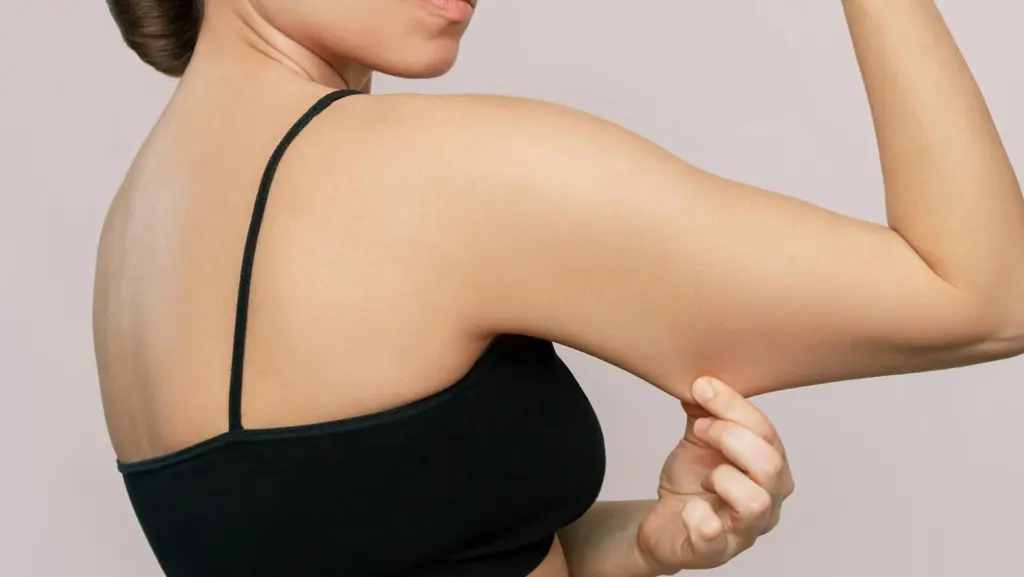Breast augmentation has long been one of the most popular cosmetic procedures worldwide, traditionally involving surgical incisions, general anesthesia, and extended recovery periods. However, a new era in aesthetic enhancement is emerging — one that prioritizes minimal intervention, faster healing, and natural results. The MIA technique, short for Minimally Invasive Augmentation, is revolutionizing the field by offering a no-scalpel, tissue-sparing alternative to conventional breast augmentation. Unlike traditional methods, the MIA approach requires no surgical incisions on the breast, preserves the natural breast tissue, and is performed under local anesthesia — making it a safer, more comfortable choice for many patients seeking subtle and refined enhancement. In this blog post, I will introduce you to the MIA technique as Süleyman Özer.
What Is the MIA Technique?
The MIA technique is an advanced method of breast enhancement designed to deliver natural-looking results with minimal disruption to the body. Unlike traditional breast augmentation procedures that involve surgical incisions, general anesthesia, and extensive recovery, the MIA technique is performed without a scalpel and does not involve cutting through the breast tissue. Instead, a specialized cannula is used to insert implants or volume-enhancing materials through a small entry point, often in a discreet area such as the armpit or inframammary fold. The procedure is carried out under local anesthesia, allowing for a more comfortable and lower-risk experience. By preserving the natural structure and sensitivity of the breast, MIA offers an appealing option for individuals seeking subtle enhancement with less downtime and fewer complications.
Key Benefits of the MIA Technique
The MIA technique offers several compelling advantages that set it apart from traditional breast augmentation methods. One of the most notable benefits is the minimally invasive nature of the procedure — no scalpel touches the breast tissue, which significantly reduces trauma, bruising, and scarring. Since the technique preserves the integrity of the natural breast tissue, patients typically experience less pain and maintain normal sensation in the area. Another major advantage is that MIA is performed under local anesthesia, minimizing the risks associated with general anesthesia and allowing for a quicker, more relaxed recovery. Many patients are able to return to their daily activities within just a few days, thanks to the faster healing process. Additionally, the MIA technique allows for more precise, subtle enhancements, making it ideal for individuals who want a natural and refined look rather than dramatic changes. These benefits combined make MIA a preferred choice for modern, health-conscious patients seeking aesthetic improvement with minimal disruption to their lives.
Who Is an Ideal Candidate for This Technique?
The MIA technique is best suited for individuals who seek a natural, subtle enhancement without undergoing traditional surgical breast augmentation. Ideal candidates are typically those who have good overall health, realistic expectations, and sufficient existing breast tissue to support the minimally invasive approach. Since the procedure is performed under local anesthesia and involves less tissue disruption, it is especially appealing to patients who prefer to avoid the risks and downtime associated with general anesthesia and major surgery. However, those seeking dramatic size increases or complex reconstructive surgery might not be the best fit for MIA. Consulting with a qualified, board-certified plastic surgeon is essential to determine if MIA aligns with a patient’s unique anatomy, goals, and medical history.
The MIA technique represents a significant advancement in breast augmentation, offering a minimally invasive, tissue-preserving alternative to traditional surgical methods. With its benefits of reduced scarring, faster recovery, and the use of local anesthesia, MIA is an excellent option for those seeking natural-looking enhancement with minimal disruption to their daily lives. However, as with any cosmetic procedure, it’s crucial to consult with a qualified plastic surgeon to discuss your individual goals, health, and expectations. By understanding the unique advantages and limitations of the MIA technique, you can make an informed decision and take a confident step toward achieving the results you desire.






